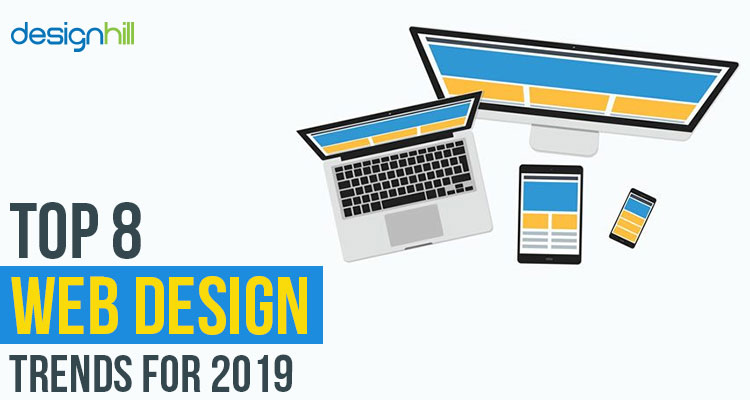Interested In Discovering Just How Internet Site Style Has Progressed? Take A Journey Via The Change
Interested In Discovering Just How Internet Site Style Has Progressed? Take A Journey Via The Change
Blog Article
Content Written By-Johnsen Hejlesen
In the past, sites were basic and focused on details. Navigation was straight, and design was for desktop computers. Currently, individual experience is crucial. Data guides layouts for simple navigating. Responsive layouts fit different tools. Today, dark mode lowers strain, and minimalist menus enhance navigating. Interactive functions involve individuals, and strong visuals stand out. https://www.accountingtoday.com/list/4-b2b-content-marketing-strategies-that-get-results-for-firms improves interaction. See exactly how design has actually progressed to boost your on-line journey.
Early Days of Website Design
In the early days of web design, simpleness preponderated. Internet sites were fundamental, with limited shades, font styles, and designs. The focus got on giving details instead of showy visuals. Customers accessed the internet with sluggish dial-up links, so speed and capability were essential.
Navigation menus were straightforward, usually situated at the top or side of the web page. Sites were designed for computer, as mobile surfing wasn't yet prevalent. Web content was king, and developers prioritized very easy readability over intricate design aspects.
HTML was the main coding language made use of, and developers had to work within its constraints. Animations and interactive functions were very little compared to today's standards. Internet sites were static, with little dynamic web content or individualized individual experiences.
Surge of User-Focused Layout
With the development of website design, a shift in the direction of user-focused style principles has actually come to be significantly popular. Today, creating web sites that prioritize customer experience is vital for involving visitors and attaining company goals. User-focused design entails comprehending the needs, preferences, and actions of your target audience to tailor the web site's format, material, and features as necessary.
Designers now perform thorough research, such as user surveys and use testing, to collect insights and comments straight from users. This data-driven technique assists in producing intuitive navigating, clear calls-to-action, and visually enticing interfaces that reverberate with site visitors. By placing the individual at the facility of the design process, websites can deliver a more customized and satisfying experience.
Receptive design has actually additionally emerged as a crucial element of user-focused design, ensuring that internet sites are optimized for different devices and screen dimensions. This adaptability boosts accessibility and functionality, dealing with the varied ways users interact with web sites today. Fundamentally, the rise of user-focused layout indicates a shift in the direction of producing electronic experiences that focus on the needs and assumptions of completion user.
Modern Trends in Website Design
Explore the most recent patterns forming website design today. One prominent fad is dark setting design, supplying a smooth and modern-day appearance while reducing eye stress in low-light atmospheres. One more essential fad is minimalist navigating, streamlining menus and improving customer experience by concentrating on essential elements. Including micro-interactions, such as animated buttons or scrolling effects, can produce a much more interesting and interactive web site. Receptive layout continues to be important, ensuring smooth customer experiences across numerous tools. Furthermore, utilizing bold typography and asymmetrical designs can include visual rate of interest and draw attention to details content.
Incorporating AI technology, like chatbots for customer support or customized recommendations, boosts customer involvement and streamlines processes. Accessibility has additionally come to be a considerable fad, with designers prioritizing comprehensive style techniques to deal with diverse individual demands. Accepting sustainability by enhancing web site performance for speed and effectiveness is an additional emerging fad in web design. Collaborating with customer comments and data analytics to repeat and improve layout constantly is crucial for remaining relevant in the ever-evolving digital landscape. By accepting these contemporary patterns, you can produce a visually enticing, user-friendly site that reverberates with your audience.
Conclusion
As you review the advancement of website design from the very early days to currently, you can see how user-focused layout has come to be the driving pressure behind contemporary fads.
Accept the journey of change and adjustment in website design, constantly keeping the individual experience at the center.
Tippingpointdigital
Stay current with the most recent patterns and technologies, and never stop developing your method to produce aesthetically magnificent and user-friendly sites.
Progress, adapt, and produce - the future of web design is in your hands.
